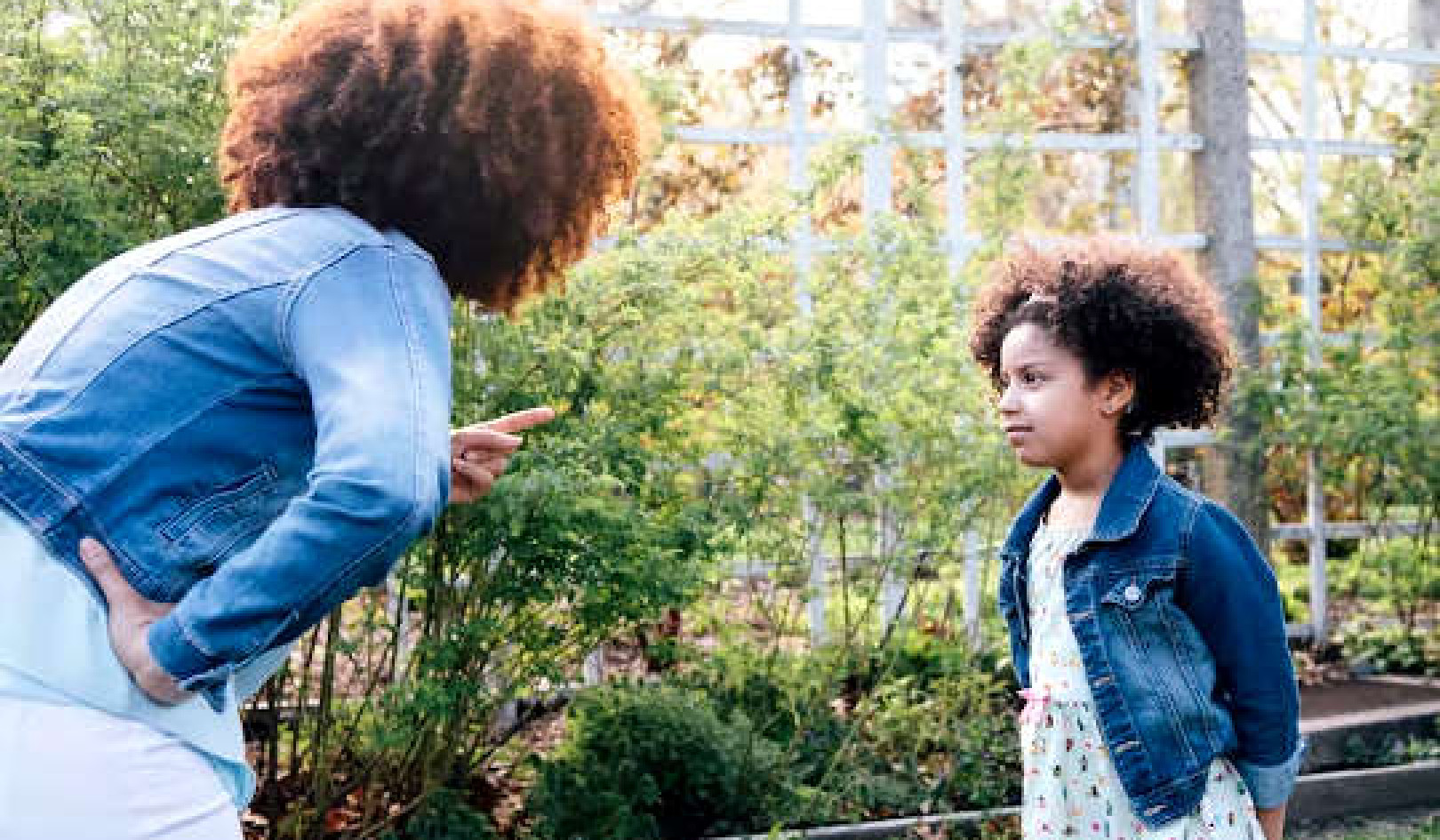
Imagine walking along in the African savanna. Suddenly you notice a moving bush partially obscuring a large yellow object. From this limited information, you need to figure out if you’re in danger and decide how to react. Is it a pile of dry grass? Or a hungry lion?
In situations like this, our brains must use complex and uncertain visual information to make split-second decisions. The inferences and subsequent decisions we make based on what we see can be the difference between responding appropriately to a threat and becoming a lion’s next meal.
Traditionally, neuroscientists have thought about visual information processing as a chain of events that happen one after another, filtering the input signal (from the eyes) that changes over space and time. But more recently, we’ve started to think of the process as much more dynamic and interactive. As the visual system tries to resolve uncertainty in the sensory information it receives, it uses both prior knowledge and current evidence to make informed guesses about what’s going on.
Visual system: much more than eyes
The eyes are of course crucial for how we see what’s happening around us. But the bulk of the intensively studied human visual system lies within the brain.
The retinas at the back of your eyes contain photoreceptors that sense and respond to light in the environment. These photoreceptors, in turn, activate neurons which transmit information to the visual cortex of the brain, located at the back of your head. The visual cortex then processes the raw data so we can make decisions about how to respond and behave appropriately based on the original input to the eyes.
The visual cortex is organized in an anatomical and functional hierarchy. Each stage is distinct from every other one, both in terms of its microscopic anatomy and its functional role and physiology – that is, how the neurons respond to different stimuli.
Traditionally, researchers thought this hierarchy filtered the information in sequence, stage by stage, from bottom to top. They believed each processing level of the visual brain passes upward a more refined form of the visual signal it received from the lower levels. For instance, at one stage of the hierarchy, high-contrast edges are extracted from the scene in order to form boundaries for shapes and objects later on.
The original thinking held that, in the end, the highest levels of the visual cortex would contain in its pattern of neuron activity a meaningful representation of the world that we could then act upon. But several more recent developments in neuroscience have turned this view on its head.
The world – and therefore, the visual environment – is highly uncertain from moment to moment. Furthermore, we know from many studies that the capacity of the visual brain is strikingly limited. The brain relies on processes such as visual attention and visual memory to help it efficiently make use of these limited resources.
So how exactly does the brain navigate effectively in a highly uncertain environment with a limited amount of information? The answer is, it plays the odds and gambles.
Taking a chance on best guesstimates
The brain needs to use limited inputs of ambiguous and variable information to make an informed guess at what is happening in its surroundings. If these guesses are accurate, they can form the basis of good decisions.
In order to do this, the brain essentially gambles on the subset of information it has. Based on a small sliver of sensory information, it bets on what the world is telling it in order to get the best payoff behaviorally.
Consider the example of the moving bush in the savanna. You see a blurry, large yellow object obscured by the bush. Did this object cause the bush to move? What is the yellow blob? Is it a threat?
These questions are relevant to what we choose to do next in terms of our behavior. Using the limited visual information (moving bush, large yellow object) in an effective way is behaviorally important. If we infer that the yellow object is indeed a lion or some other predator, we may decide to move quickly in the opposite direction.
Inference can be defined as a conclusion based on both evidence and reasoning. In this instance, the inference (that’s a lion) is based on both evidence (large yellow object, moving bush) and reasoning (lions are large and present in the savanna). Neuroscientists think of probabilistic inference as a computation involving the combination of prior information and current evidence.
Two-way brain connections
Neuroanatomical and neurophysiological evidence over the past two decades has shown that the hierarchy in the visual cortex contains large numbers of connections going from lower to higher and higher to lower at each and every level. Rather than information making its way through an inverted funnel, getting refined as it goes higher and higher, it seems like the visual system is more an interactive hierarchy. It apparently works to resolve the uncertainty inherent in the world through a constant feedback and feed-forward cycle. This allows the combination of bottom-up current evidence and top-down prior information at all levels of the hierarchy.
The anatomical and physiological evidence indicating a more interconnected visual brain is nicely complemented by behavioral experiments. On a range of visual tasks – recognizing objects, searching for a particular object among irrelevant objects and remembering briefly presented visual information – human beings perform in line with expectations generated from the rules of probabilistic inference. Our behavioral predictions based on an assumption that probabilistic inference underlies these capacities correspond nicely to the actual experimental data.
Informed guesses, minimizing error
Neuroscientists have suggested that the brain has evolved, through natural selection, to actively minimize the disparity moment to moment between what is perceived and what is expected. Minimizing this discrepancy necessarily involves using probabalistic inference to predict aspects of the incoming information based on prior knowledge of the world. Neuroscientists have named this process predictive coding.
Much of the data that have supported the predictive coding approach has come through studying the visual system. However, now researchers are starting to generalize the idea and apply it to other aspects of information processing in the brain. This approach has yielded many potential future directions for modern neuroscience, including understanding the relationship between low-level responses of individual neurons and higher-level neuronal dynamics (such as the group activity recorded in an electroencephalogram or EEG).
While the idea that perception is a process of inference is not new, modern neuroscience has revitalized it in recent years – and it’s changed the field dramatically. Furthermore, the approach promises to increase our understanding of information processing not just for visual information, but all forms of sensory information as well as higher level processes such as decision making, memory and conscious thought.
About The Author
Alex Burmester, Research Associate in Perception and Memory, New York University
This article was originally published on The Conversation. Read the original article.
Related Books
at InnerSelf Market and Amazon


























